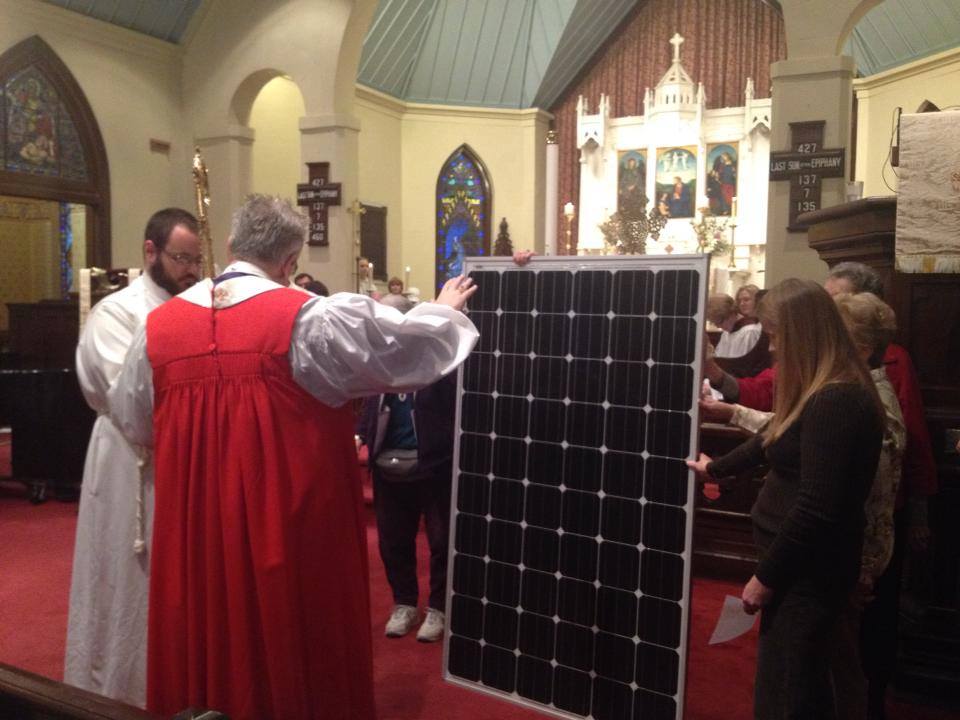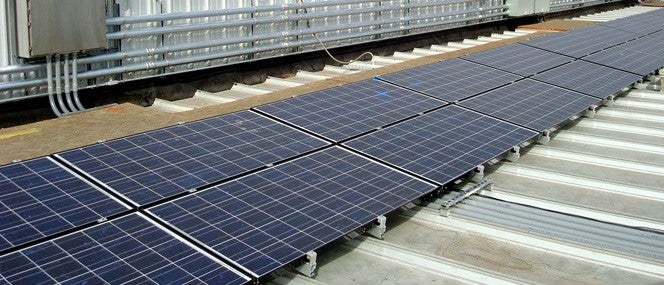There is enough solar energy potential in Texas to power the world twice over. Yet currently we rank 10th in the nation (behind New Jersey) with 330 megawatts (MW), which is enough to power about 57,000 homes. Texas is a state of almost nine million households. That’s a lot of rooftops, and when you add the number of commercial and industrial rooftops, parking lots, and garages, we are talking about a significant amount of surface area.
Meanwhile, the cost of solar panels has dropped 80 percent since 2008 and prices for rooftop photovoltaic (PV) systems have declined markedly in recent years, dropping 29 percent from 2010 to 2013. Moreover, jobs in the solar industry are booming –SolarCity is hiring significantly more people than leading tech companies like Twitter.
So, what will it take to energize rooftop solar growth in Texas? Well, a recent announcement from one of Texas’ “frenemies” may be part of the solution. Read More
















